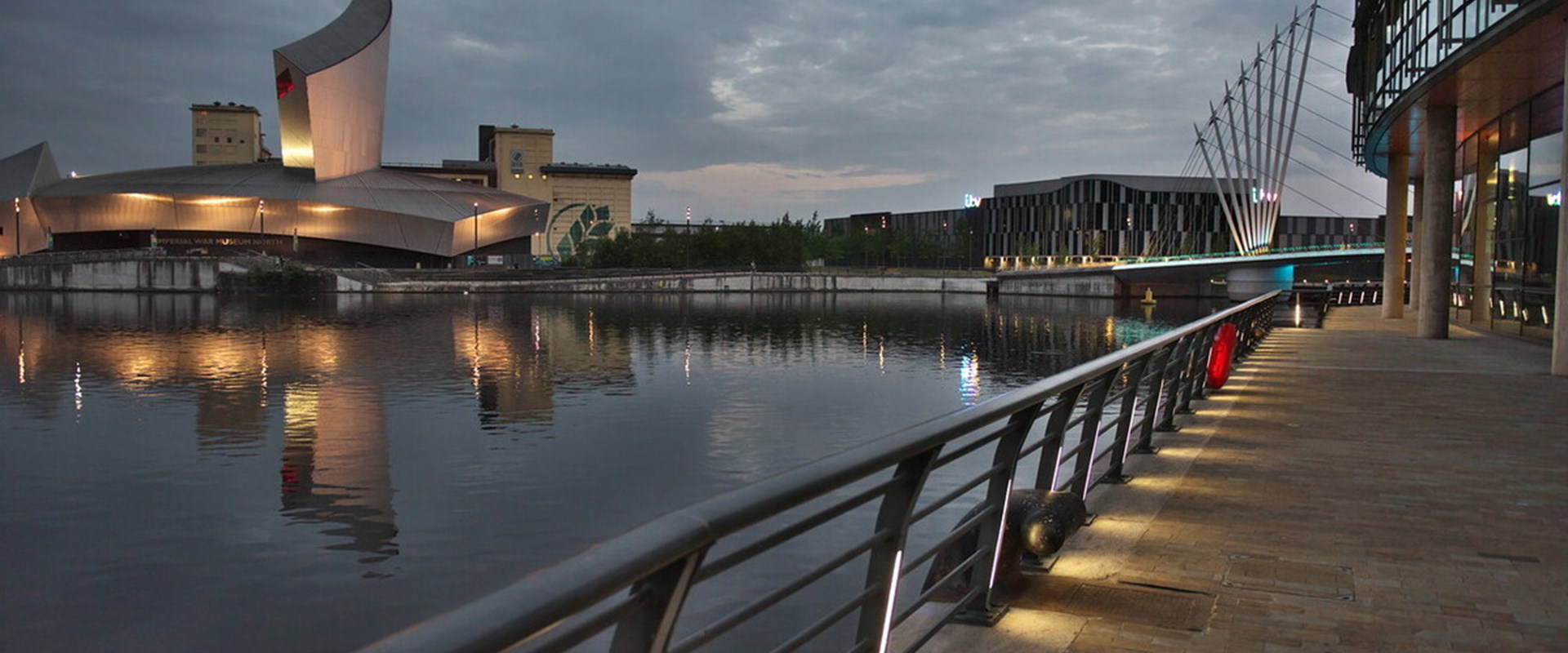
New plan to prevent accidental drownings
A new Greater Manchester plan is to be created to reduce the tragic toll of drownings in canals, rivers and other open water.
It comes as figures reveal that last year (2021), more people in the city-region died as a result of drowning than of fire – 15 people died by drowning, while 11 died as a result of fires.
Over the past five years, a total of 66 people have drowned in the city-region’s waterways.
Now Greater Manchester Fire and Rescue Service (GMFRS) is bringing together key organisations and campaigners for the first Greater Manchester Water Safety Summit on Friday, 30 September.
The summit aims to create a new Greater Manchester Water Safety Partnership and a new strategy for the city-region.
Safety measures have been introduced in central Manchester in recent years and other parts of the city-region have also taken action, but now organisations are set to work together across the whole of Greater Manchester.
The summit will be attended by local councils, Greater Manchester Police and safety organisations the Royal Society for the Prevention of Accidents and the Royal Lifesaving Society.
Water safety campaigner Nick Pope, whose son Charlie died aged 19 in a central Manchester canal in March 2018, will urge people at the summit to do more to prevent a repeat of the tragedies suffered by his family and others.
Major landowners who are responsible for water safety in places where people have died will also be there. They include the Canal and River Trust, Peel Holdings, which manages water at Salford Quays, and United Utilities, which manages local reservoirs.
GMFRS is hosting the summit as part of its work to promote community safety and prevent deaths and injuries. It is also a key commitment is the Service’s Fire Plan 2021-25.
GMFRS’s Head of Prevention, Billy Fenwick, said: “It’s sobering to think that more people died of drowning last year than as a result of a fire – so we all must do more to reduce that terrible toll of death and heartache.
“There are measures we can take, working together in a partnership, that will make a difference. It’s important to work together at a Greater Manchester level so we can learn from each other what works. We believe this is the first time a water safety partnership has been created over such a large area.
“This summit is the start of our work to identify the most effective measures we can take.”
Nick Pope said: “After Charlie’s death I wanted to raise awareness of the dangers that exist in areas where there are bars, restaurants and alcohol in the same place as open water.
“There are measures that can be taken to keep people safer. Manchester has done good work, for example with lighting, barriers and training of bar staff.
“I would urge a wide set of organisations to get involved and agree to work together on a plan, because they will all benefit if our cities and towns are safer.”
Bev Hughes, Deputy Mayor for Policing, Crime, Criminal Justice and Fire, said: “Sadly, our firefighters and police have to attend incidents too often where someone has drowned. In fact, more people have died from drowning than in fires last year.
“We can and should do more to learn from what has happened and put in place measures that will prevent people from suffering a terrible accident in open water.
“I hope the work of this new partnership will lead to fewer people dying in our canals, rivers and open water.”
Safety measures were implemented in central Manchester following a detailed review by the Royal Society for the Prevention of Accidents. They have included:
- Better lighting along canal towpaths and entrances
- Barriers fitted at towpath entry points and over lock crossings to prevent people accidentally falling in
- Signposting people to safe crossing points
- Supporting developers to provide safe canal-side public areas when designing new homes, restaurants and bars
- Ensuring many more rescue throwlines are available and that people who work in night-time venues are trained to use them
- Working with the universities to help students be safe on nights out
GMFRS figures show the numbers of death by drowning and by fire as:
| Year | Deaths by drowning | Deaths by fire |
|---|---|---|
| 2017 | 10 | 24 |
| 2018 | 13 | 14 |
| 2019 | 9 | 10 |
| 2020 | 11 | 11 |
| 2021 | 15 | 11 |
| 2022 (up to 31 August) | 8 | 10 |
| Totals | 66 | 80 |
The canals and rivers in central Manchester and Salford have had the highest number of incidents in Greater Manchester, followed by the canal and river Douglas in central Wigan.
The causes of deaths by drowning are varied, but research has shown that three major contributory factors are:
- Entering water while under the influence of drink or drugs
- Entering water to “cool off” on hot days
- Suicide
Research has also shown that young men aged 17 to 24 are the group of people most at risk.
Article Published: 29/09/2022 11:08 AM



